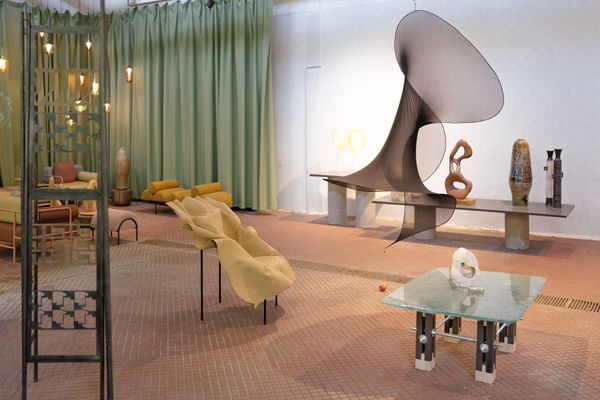It is not only a collection of recipes, but also a trail of stories about inspiring characters, made even more special by the creators’ shared adventure. Why Cook is a love letter to cooking through the eyes of 90 recipes and 16 women. Founder of studio NUR Eszter Laki told us about the process of creating the book and her experiences, with Pingrumba in Budapest as the backdrop for our conversation. Interview.
Eszter Laki started designing the branding for various gastronomic businesses and restaurants about 10-12 years ago. Her portfolio includes the visual design of Chez Dodo, SALT Budapest, QUÍ, or IGEN and IDE pizzerias, as well as SKIZO winery and Casino Mocca coffee roastery. She says she also likes these projects because she can design for several different platforms as opposed to brandings, such as menu, outdoor signage, or online presence. Eszter’s gastronomic history also includes the fact that she met her husband, Gábor Manek, who also works in the catering sector, ten years ago. “Since we both have a basic interest in hospitality, we always looked for the best places and markets when we traveled abroad,” she notes. She added that since she was no longer living alone, she also started to dive into the mysteries of cooking. “I think the cornerstone of a family is cooking and eating together. So I started buying cookbooks, partly for the design, but also to try new recipes,” she shares.


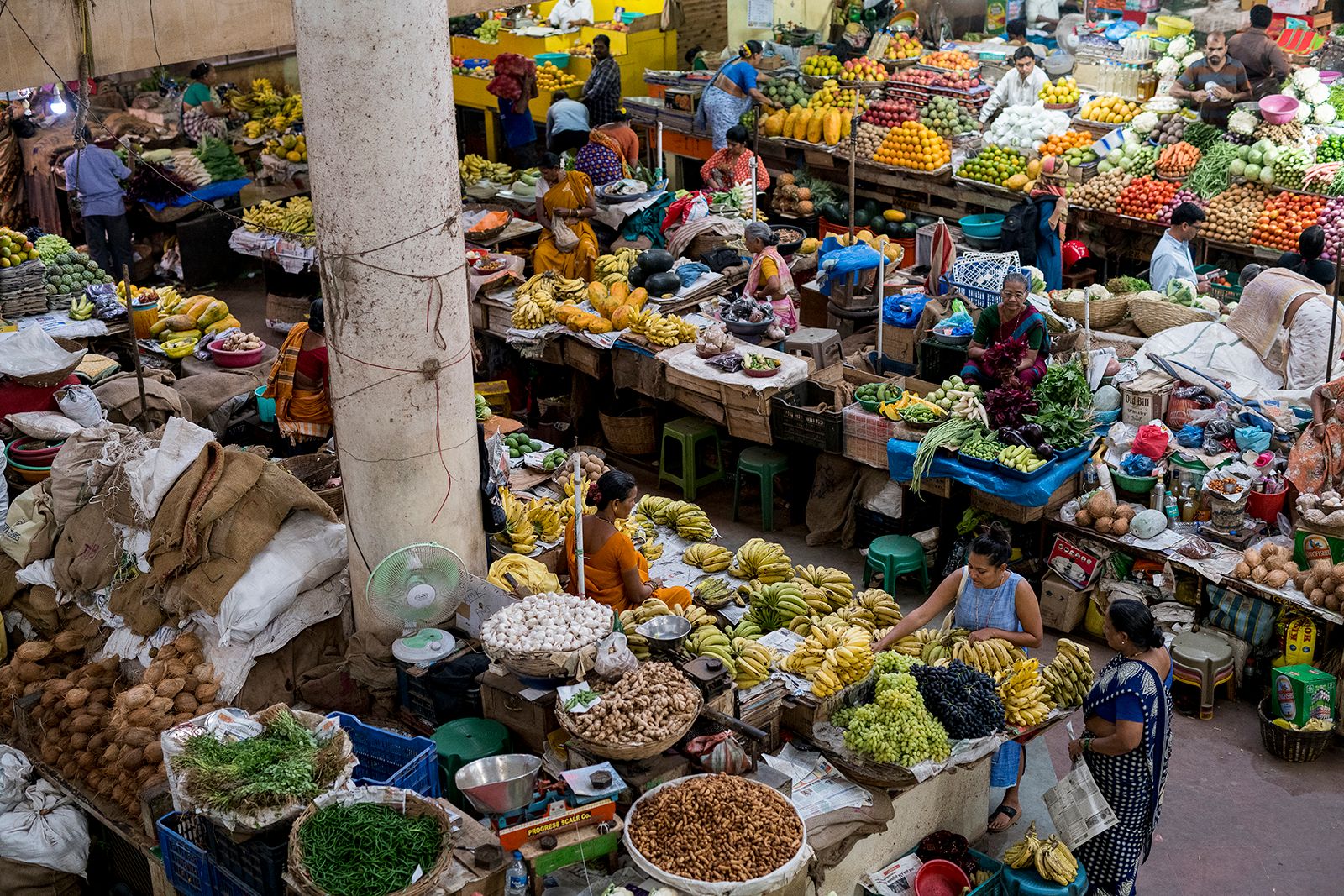

Then, slowly, the desire to create her own gastronomy book began to emerge. “My photographer friend Balázs Glódi and I used to travel a lot in Asia, where the idea of producing a high-quality book together developed. We came up with a plan to incorporate our own personal connections into the publication and create something that is most self-identical,” she says. So she and Balázs matured the idea until they decided to go ahead and fund it from their own resources. Thus their self-published book Menü was born, with 22 Budapest-based artists from Eszter and Balázs’ group of friends providing the ingredients. Thanks to the great success, they also started a sequel: this time, Menü 2 summarized the gastronomic stories of their Hungarian friends living in the countryside and abroad. All these events slowly led to the moment when Why Cook could take shape as a publication.
Archana Pidathala found Eszter’s work in the midst of a particularly busy period of Menü 2; the young Indian writer was looking for a collaborator for her first book, Five Morsels of Love. “Archana found our Menü project on Behance. Since she was a dreamer and was thinking of self-publishing a book, she wanted me to design it. At first, I told her no, as my own book was in the making and I felt I couldn’t focus on another book for the time being. And Archana said, fine, let’s publish Menü 2 and then we’ll discuss it. And in January 2016, she wrote again and by April I was in India,” she elaborated. This was the beginning of Eszter and Archana’s friendship, which continued with another project after the book Five Morsels of Love.

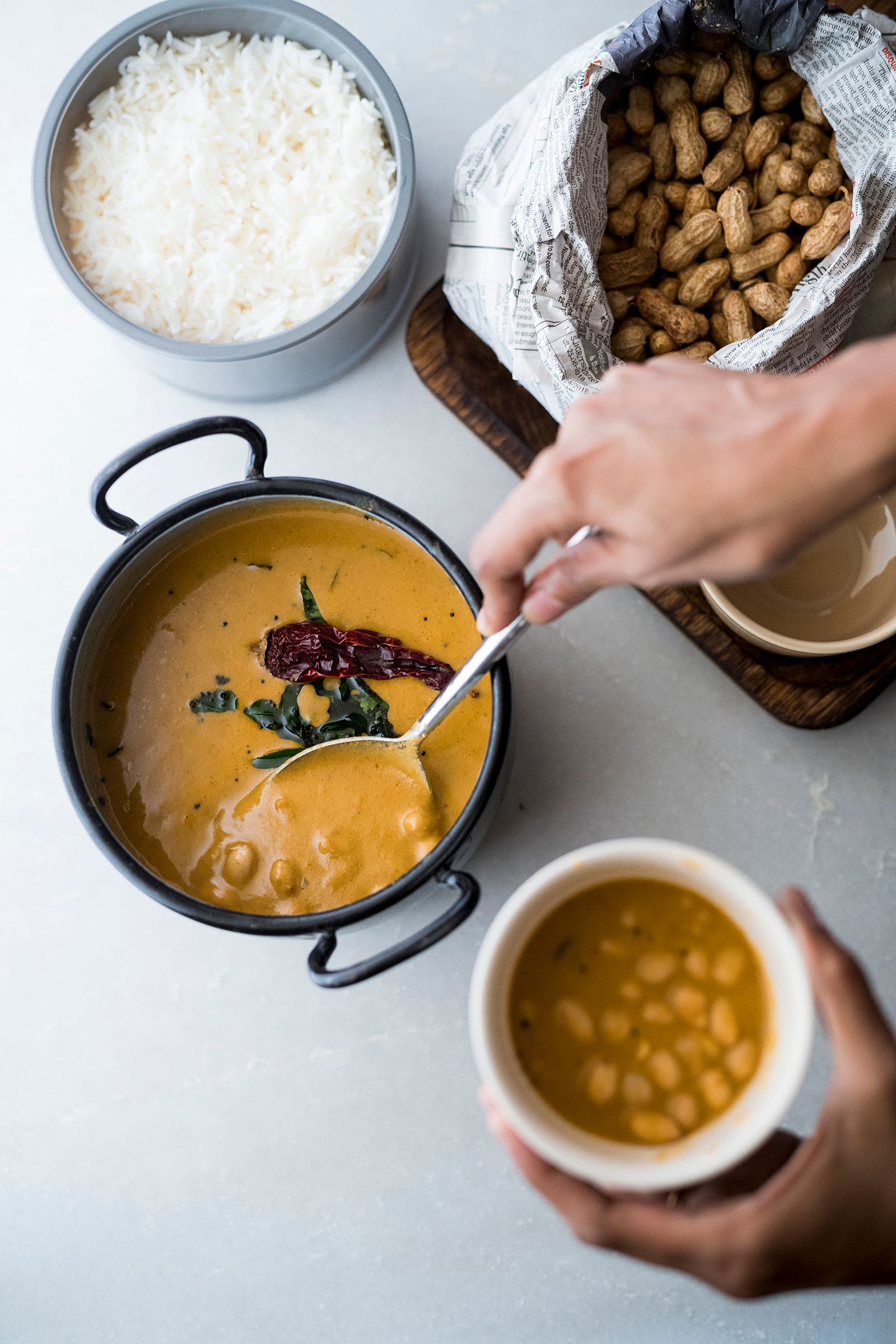
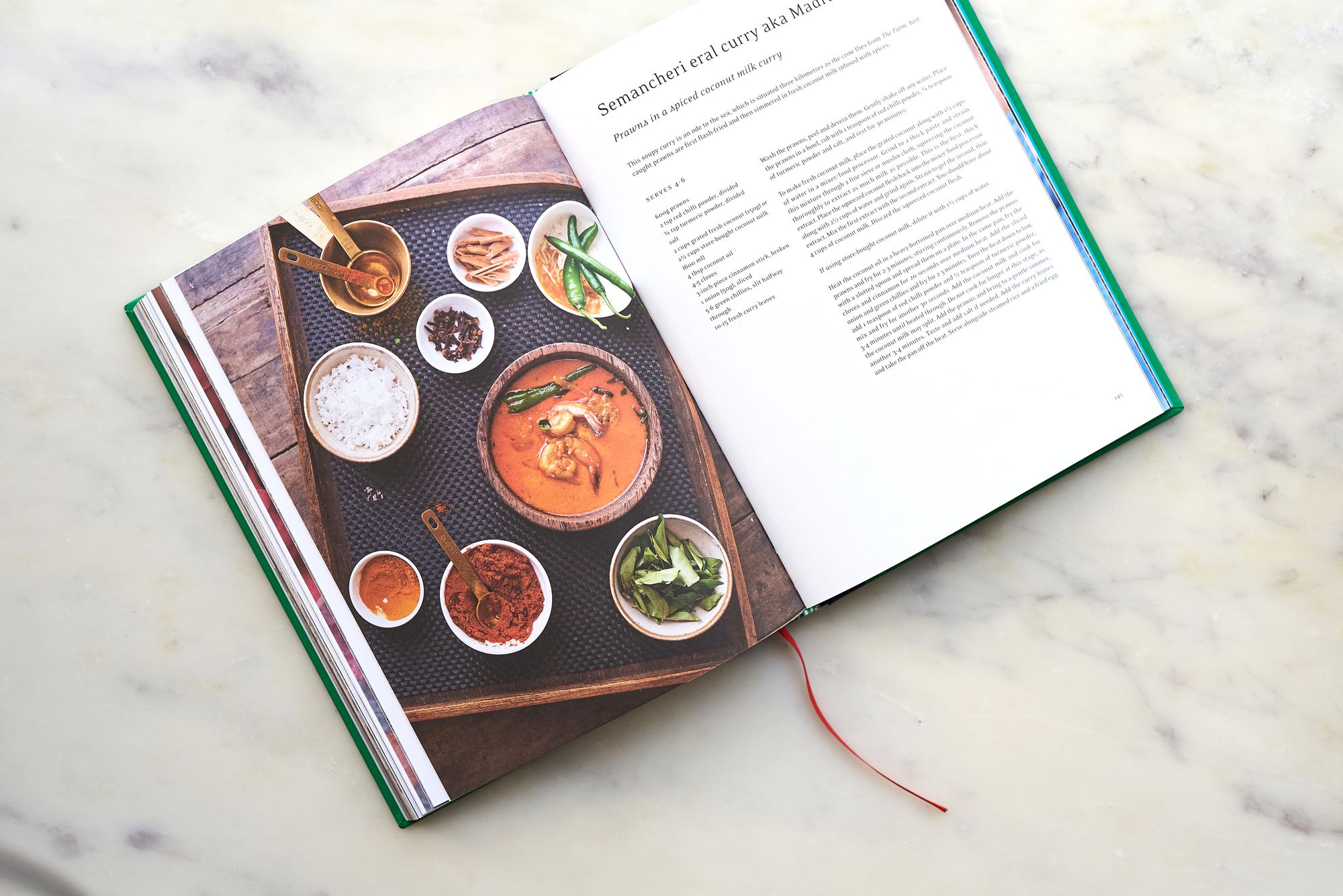
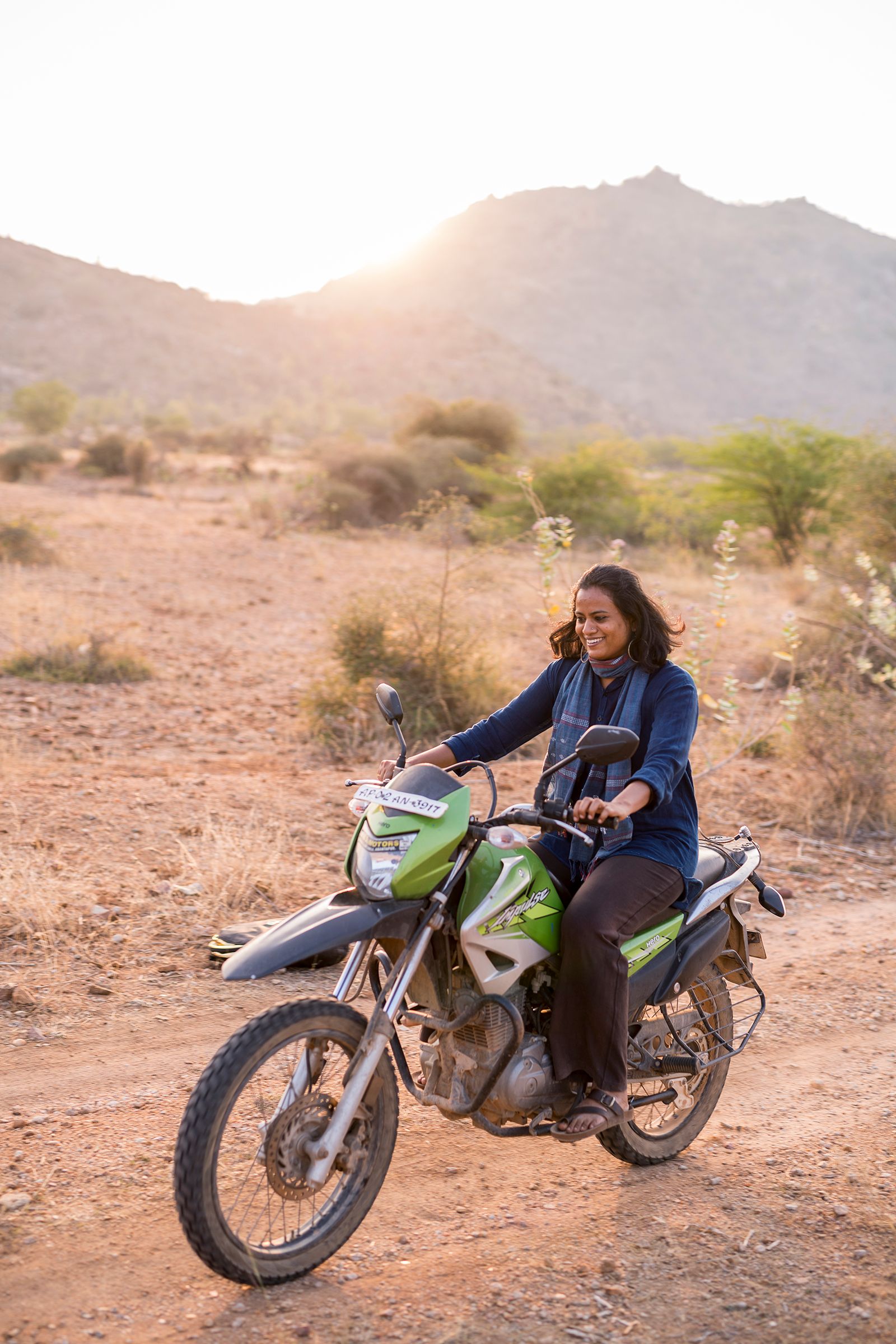
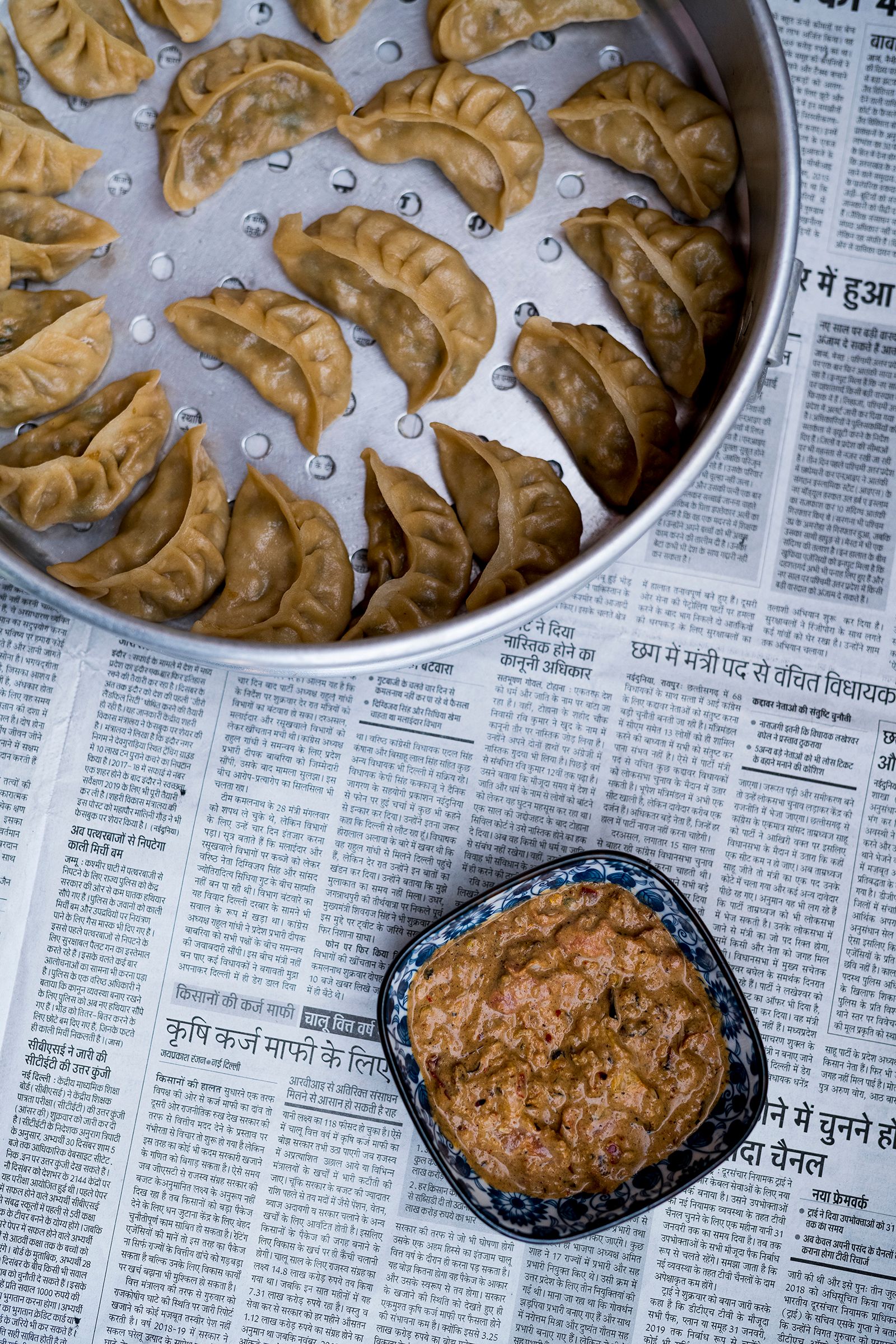
“Our souls were deeply connected, on a sisterly level, and her family was also very welcoming”, Eszter emphasized. As we learned, they traveled to India several times in the following years, usually choosing destinations spontaneously. Sometimes, Eszter was inspired by the film The Best Exotic Marigold Hotel, so they visited Jaipur or Darjeeling for tea. “While we were traveling and having great conversations, I started asking Archana what she thought about another book and if she had any new ideas. Five Morsels of Love is actually a summary of her grandmother’s life’s work, so, of course, I knew that after such a masterpiece, it would be difficult,” she notes. After some time, Archana finally came up with the concept for Why Cook, inspired by the Menü book, among others.
The Indian writer was inspired by the idea that, despite India being a continent with vast distances, its gastronomy can create communities. “In India, it often happens that someone is born in Kashmir, for example, but goes to university in Bengaluru, and then settles down in Delhi: this brings the gastronomic diversity of these different regions,” Eszter explains. So Archana has gathered creators and characters whose stories include cooking in addition to their inspiring work. Over time, she realized that she wanted her book to specifically target women: “It became clear to Archana that it was worth talking about the relevant role of women in India, not only in the kitchen but also in the creative sphere of life. Since the masculine society is still predominant in India, she wanted this publication to not only be about women for women but also to give confidence to the communities there,” Eszter underlines.
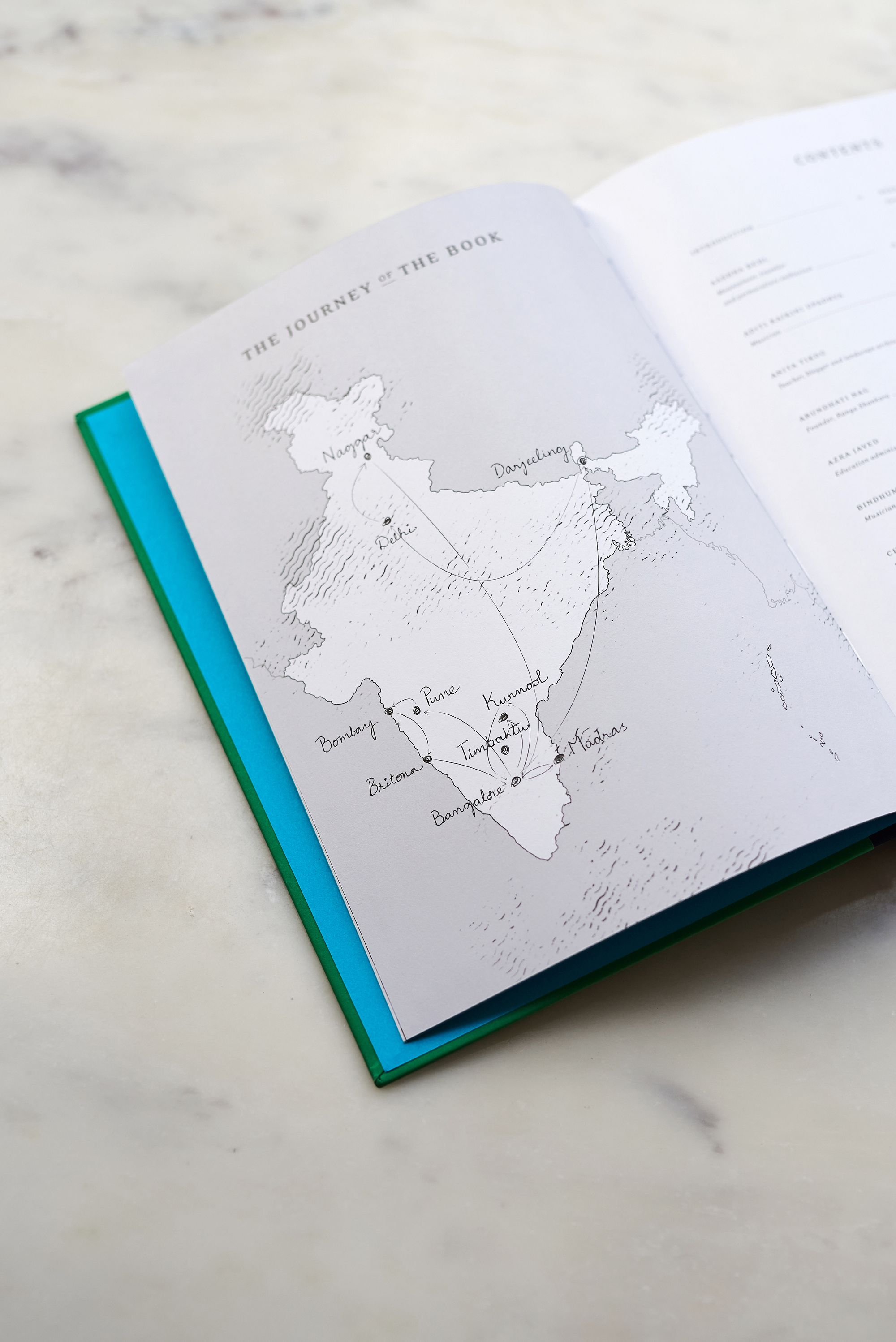
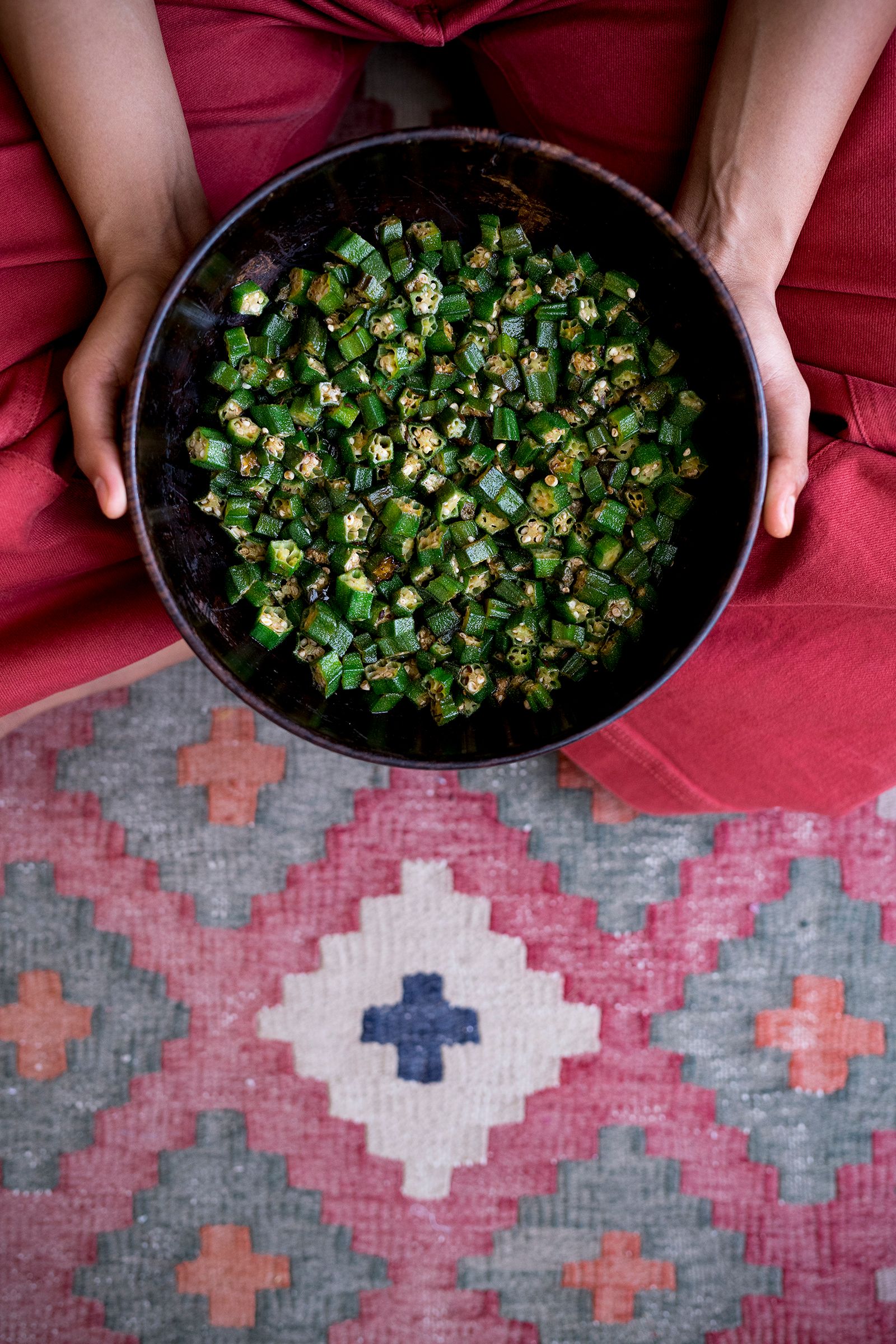
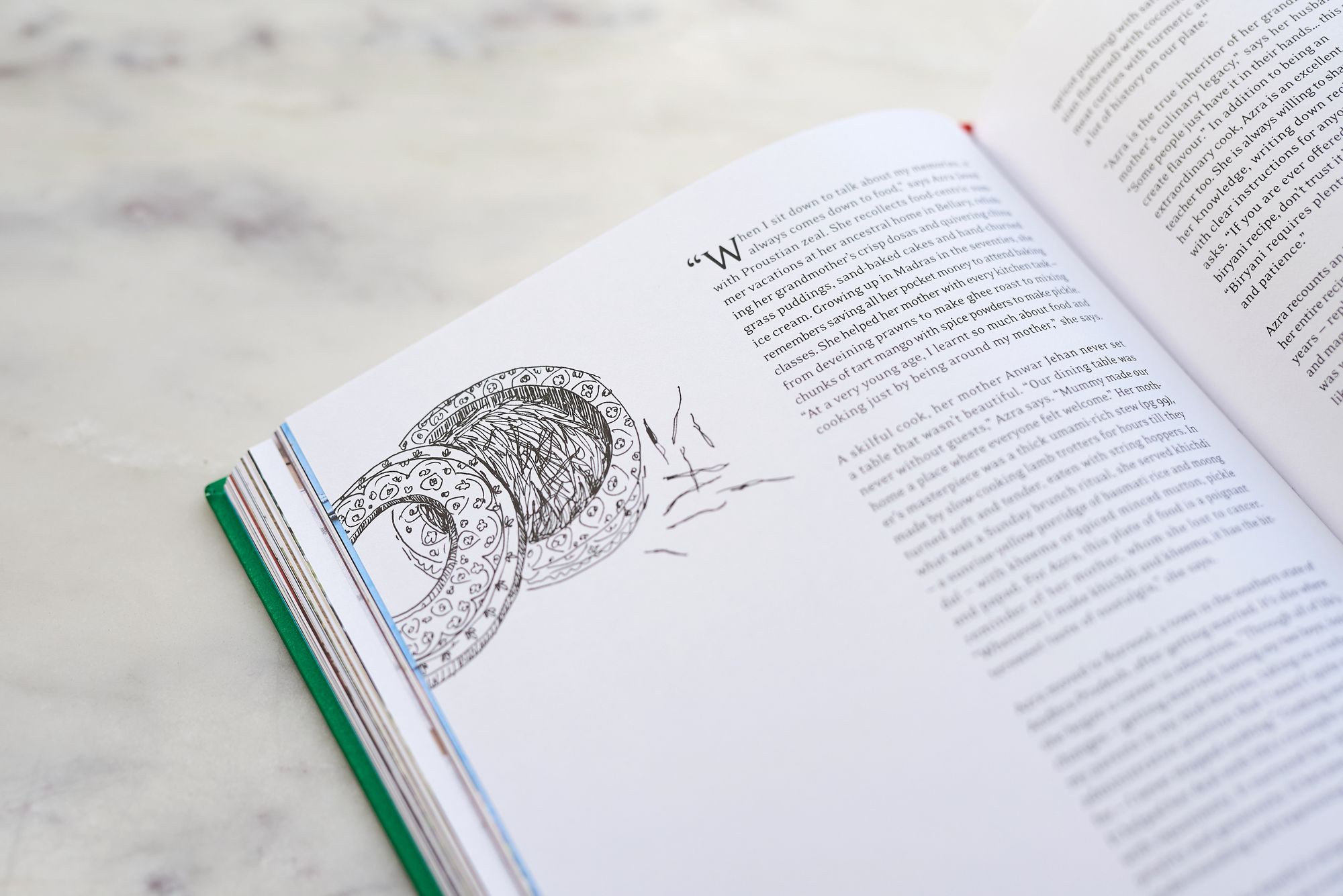

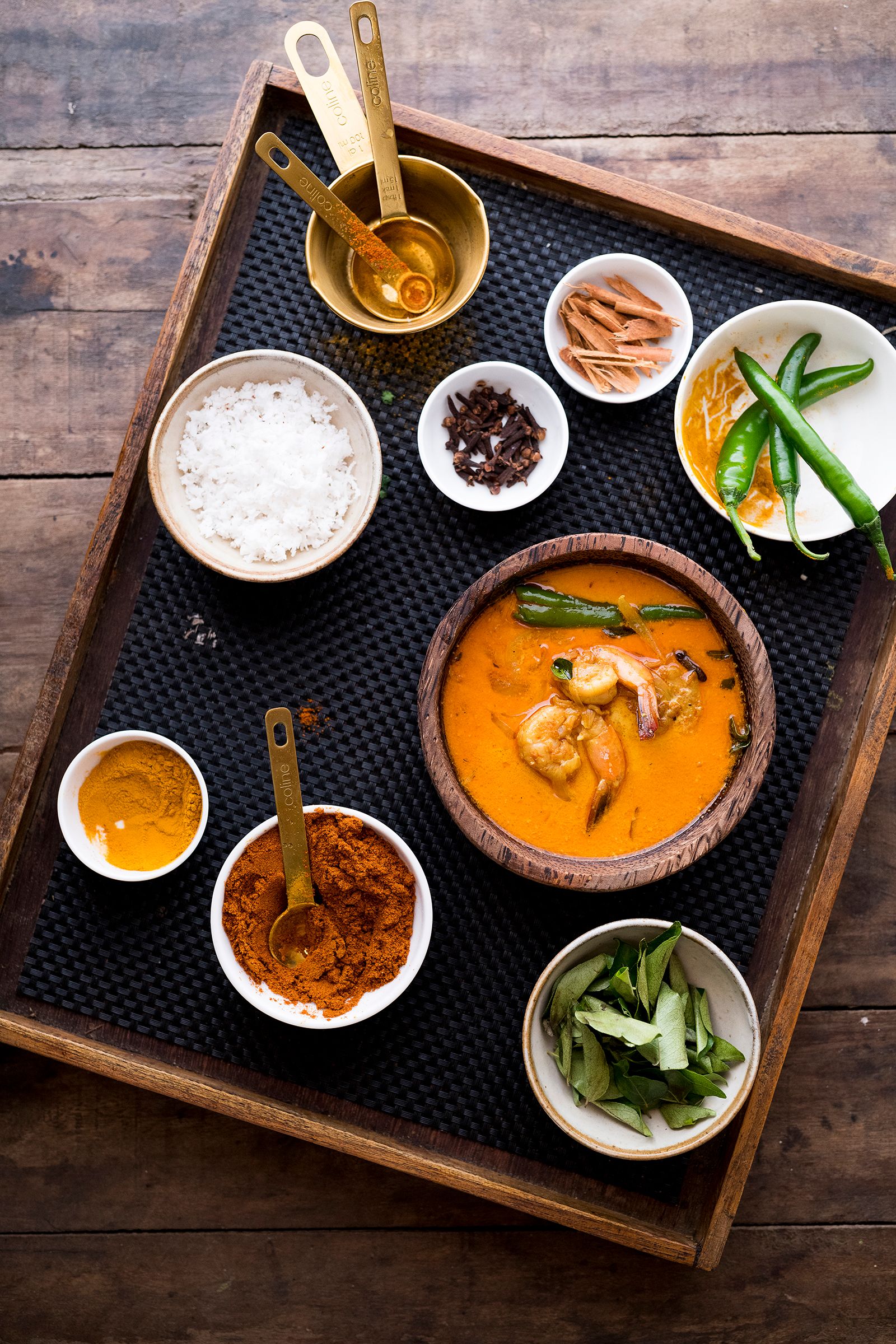
Archana and Eszter’s duo was joined by photographer Balázs Glódi; the trio traveled to different locations in just two weeks. From villages hiding in the Himalayan mountainsides to permaculture farms and cities to palm gardens on the southern coast, they met the characters in the book and documented their favorite recipes. But after their explorations, they were forced to take a break: partly because of the pandemic, but also because Eszter had children. “During this time, the book progressed slowly. Archana was unable to write for a whole year because of Covid, and the situation there made it increasingly difficult for her to engage in intellectual activity. Then, after a year or two, Archana suddenly got a new impetus—she says it was partly because I encouraged her not to give up,” Eszter shares.
The book slowly took its final shape, with musicians, writers, artists, and farmers sharing their recipes and relationship to gastronomy, their thoughts complemented by Archana’s own experiences. As for the recipes, Eszter also stressed that we Europeans should absolutely not be intimidated by them. “We Europeans often fear that most raw materials are not accessible. Of course, many vegetables have no Hungarian equivalents and are not available, but it is the same in India: what is available in the south cannot be found in the north, or vice versa. That’s why Archana always emphasizes that the recipes are modular and that certain ingredients can be substituted with potatoes, cauliflower, or courgettes. We want to encourage anyone who buys this book to feel free to experiment,” she explains.
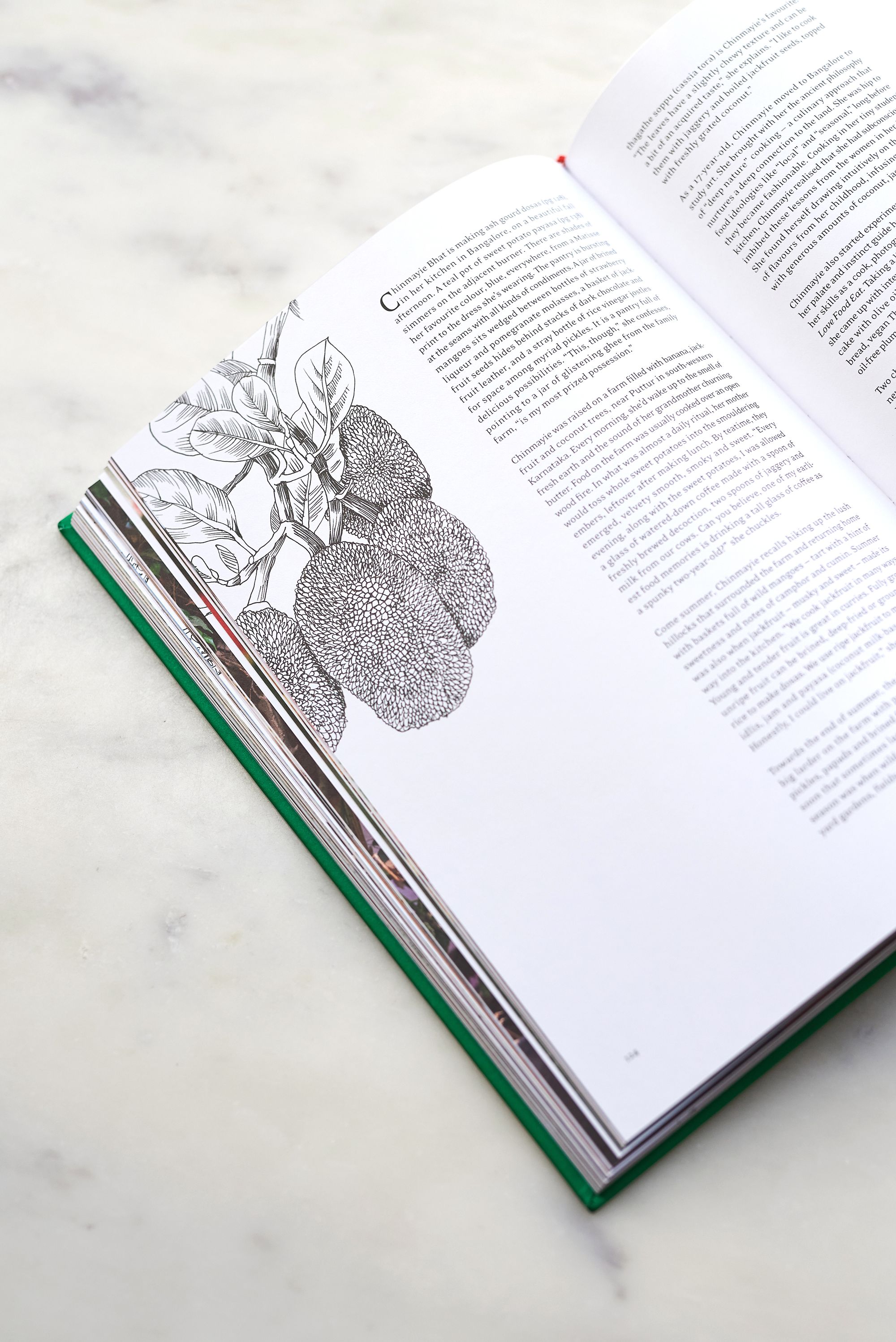
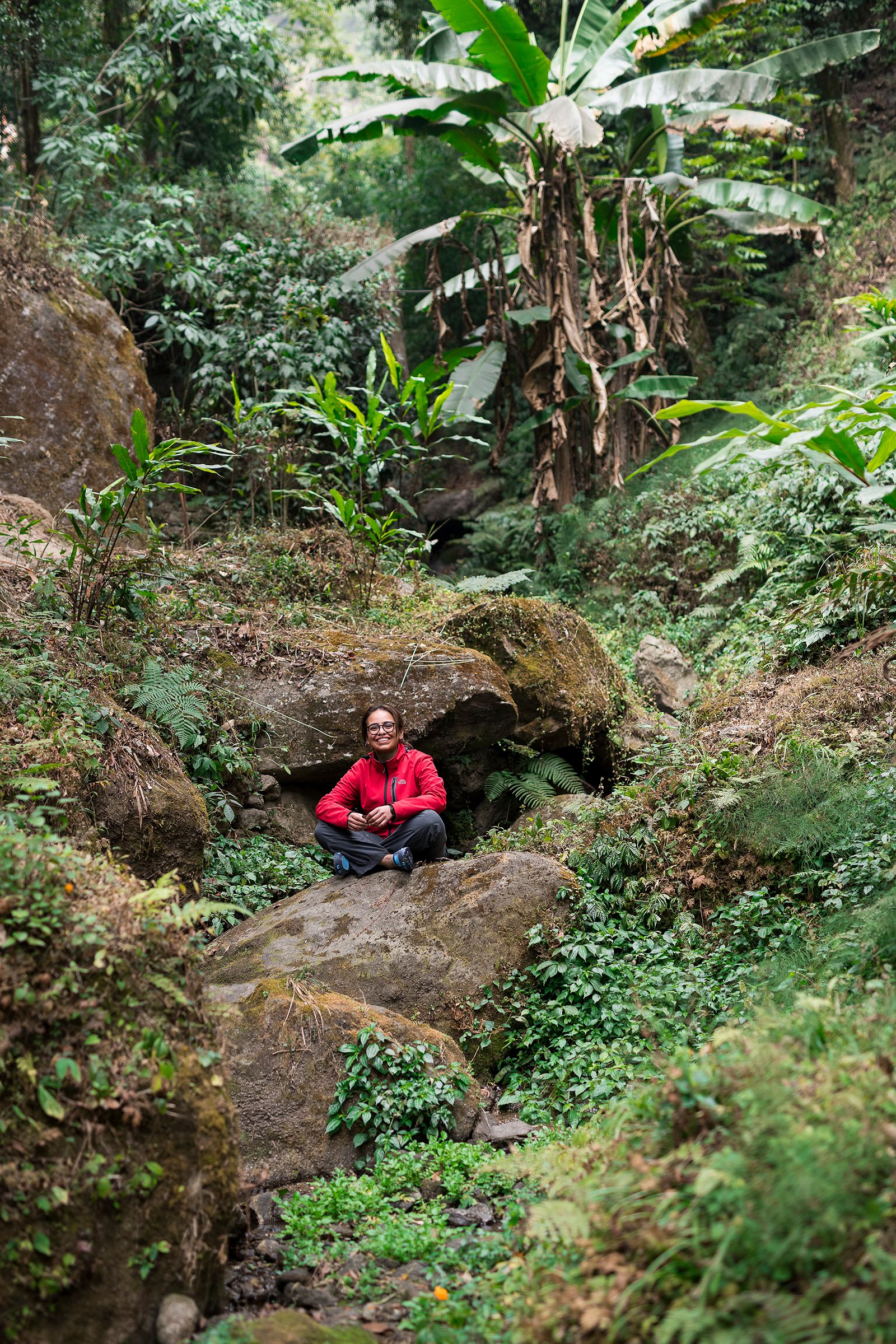

Of course, the inspiring content is accompanied by a carefully crafted look: as Eszter points out, an important visual feature of the book is the illustrations, hand-drawn with a Muji pen. The choice of colors is no coincidence, either: the indigo blue and green on the cover and the turquoise shade used on the inside cover are all typical Indian colors. And the bright red of the ribbon marker reminds us of chili, an essential spice in Indian cuisine. This is completed by the mandala symbol on the cover design, a reference to feminine energy. As Eszter pointed out, her regular creative partner, Réka Imre also helped a lot in creating the visual aspect of the publication, as the book’s layout is mainly her work. The graphic design of Why Cook was also shortlisted for the Hungarian Book Design Award 2022.
And why is bookmaking so important to Eszter? “A book is one of the most important things a graphic designer can create. Hospitality brands come and go, and it’s a bit disappointing, but in many cases, these works remain mere annuals. However, a book will still be on the shelves in twenty years. I don’t think you can really leave a greater visual mark than that,” she concludes.

Why Cook is available to order online and a limited edition is also available at Pingrumba in Budapest.
Author: Archana Pidathala
Editor: Sonya Balasubramanyam
Art Direction, illustrations: Eszter Laki
Graphic Design: Réka Imre
Publishing: Pragati, Hyderabad
Photos: Balázs Glódi
Book photos: András Zoltai

Could Poland banish coal with small modular nuclear reactors?

The A38 concert ship of Budapest revamped with Morse code
